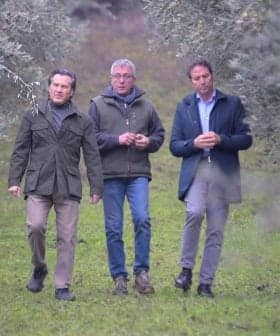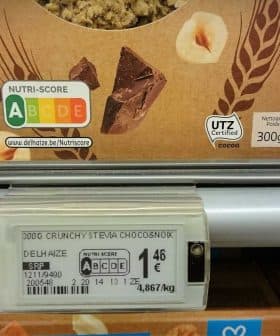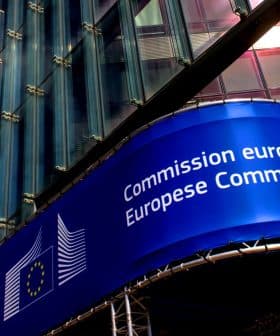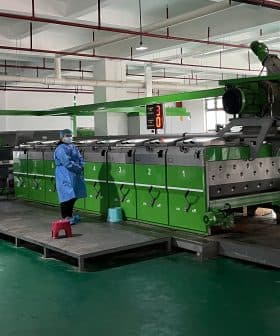Rising Olive Oil Prices Do Not Slow Consumption in Europe
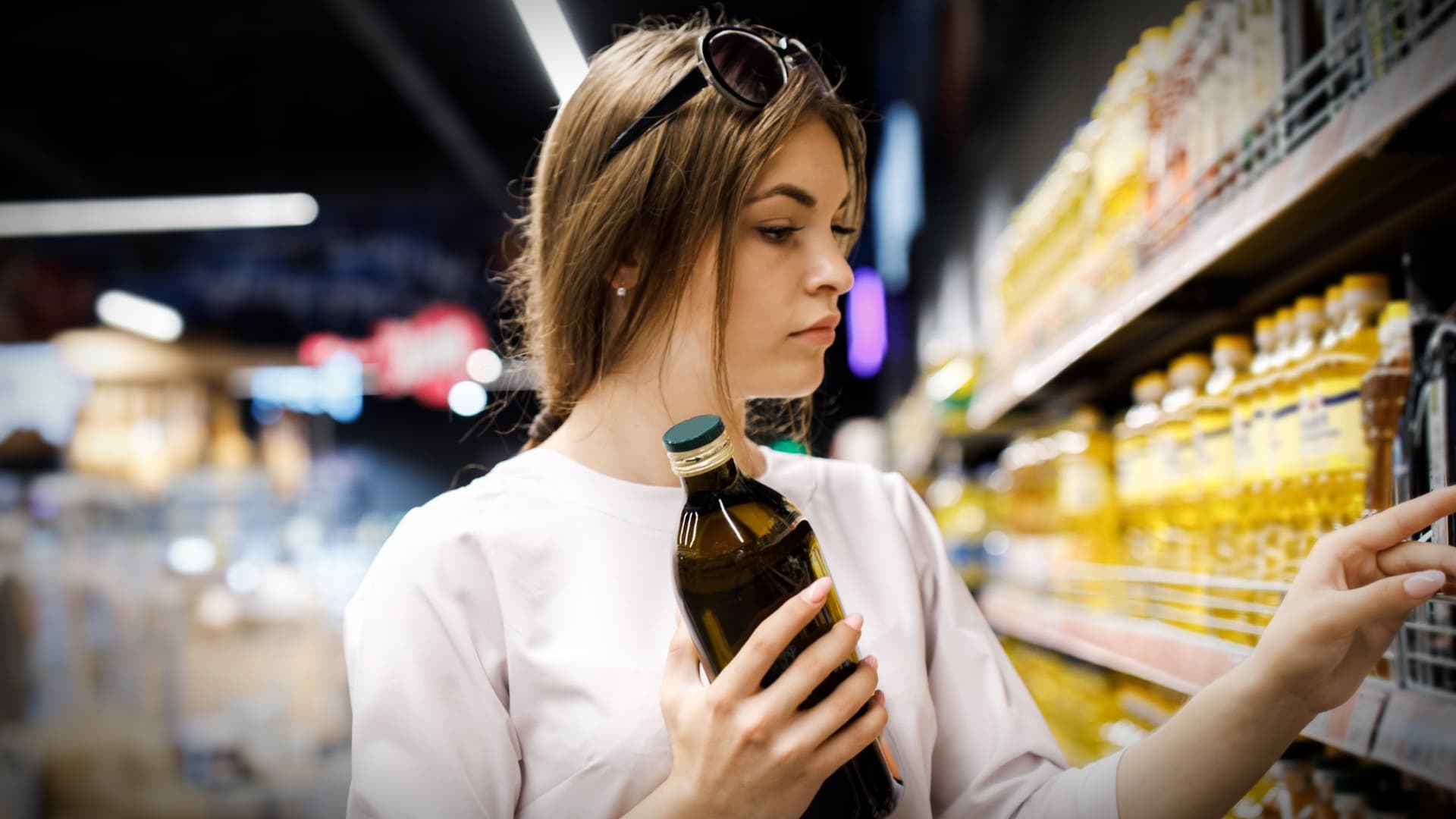
Despite rising olive oil prices in the European Union, consumption is also increasing, with an 11-percent rise expected in the bloc’s main producing countries for the 2021/22 crop year. The production increase is attributed to a rise in olives harvested and oil yields, although prices are also increasing due to global market uncertainty caused by the Russian invasion of Ukraine.
Despite the steady rise of olive oil prices in the European Union, the latest data from the bloc’s short-term agricultural outlook report indicate that consumption also continues to rise.
According to the report, the 2021/22 crop year is set to finish with an 11-percent increase in olive oil consumption in the bloc’s main producing countries. In the other E.U. member states, consumption is expected to remain at the same levels as in previous years.
The commission cited growing demand from households and the recovery of the foodservice sector as the main drivers increasing olive oil sales.
See Also:Trade Group Opposes Proposed Retail Sales of Bulk Olive Oil in EuropeDuring much of 2020 and 2021, extra virgin olive oil sales to restaurants fell significantly as countries across the continent sporadically plunged in and out of lockdowns.
Rising consumption in the E.U. comes on the heels of a strong 2021 harvest, with the bloc’s main producers combining to yield 2.3 million tons, an 11-percent increase compared with the previous year.
The European Commission attributed the production increase to a 7‑percent increase in olives harvested and a 6‑percent increase in oil yields from the olives.
In Spain, the world’s largest olive oil-producing country by a wide margin, the amount of olives harvested dropped by 9 percent in the 2021/22 crop year compared with the previous one. However, the oil yield was 17-percent higher.
In Greece, Europe’s third-largest producer, the olive yield increased by 54 percent but the oil content fell by 33 percent. The result was a 16-percent production drop.
Meanwhile, Portuguese growers and producers reaped 59-percent more olives in 2021/22 and a 21 percent increase in oil yields. The result was a record-breaking harvest of 230,000 tons of olive oil.
Along with production and consumption, olive oil prices in the E.U. are also increasing. The commission said the current uncertainty in the global edible oils market due to the Russian invasion of Ukraine was among the reasons for the 16-percent rise in olive oil prices for consumers.
“After an initial shock caused by the Russian invasion to Ukraine in March, E.U. olive oil prices slightly relaxed but remain still well-above the 5‑year average,” the report said.
Prices in Greece and Spain have increased significantly, rising by 16 and 19 percent above the 5‑year average.
“These prices are likely to remain high due to sustained high input and transportation costs, and the high prices of other oils and fats,” the report said.
In the next few months, the commission expects olive oil prices to remain high due to a combination of continued economic uncertainty in the sector paired with a dip in production in 2022.
Spain and Italy are reporting a significant drop in water for irrigation, which will likely lower olive yields.
Meanwhile, producers in Portugal anticipate a slight decrease in 2022 as many of its groves enter an off-year in the natural bearing cycle of the olive tree.
However, the situation is expected to be slightly better in Greece, where production is expected to rebound after a disappointing 2021 harvest.


